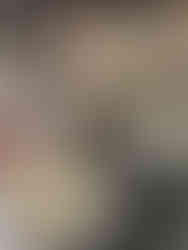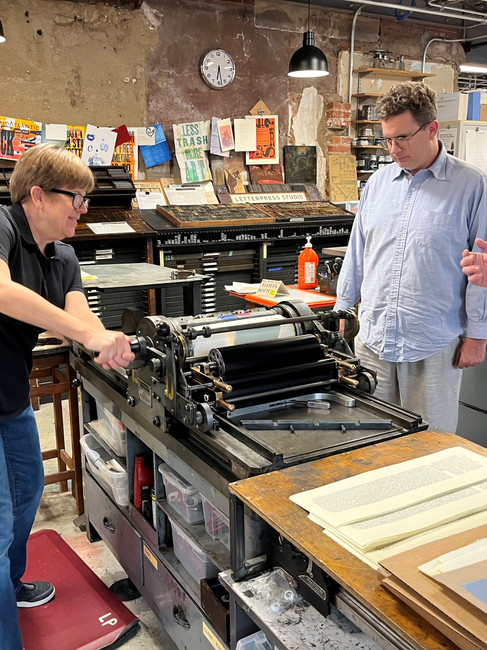A Broadside's Tale
- HistoricAnnapolis

- Oct 16, 2024
- 3 min read
Updated: Oct 17, 2024
An 18th-century broadside was a single sheet of paper printed on one side that was used to communicate news, advertise, and promote political and social causes. Broadsides were created by printers individually setting thousands of pieces of lead type and printing them on a hand-pulled wooden platen press which impressed the inked type into the paper, leaving behind printed letters.

The broadside issued on October 20, 1774 - the day after the burning of the brig Peggy Stewart - provided a recap of the burning of the ship in Annapolis harbor. The broadside quickly shared with readers the news that there was tea in the cargo aboard the Peggy Stewart when it arrived in Annapolis Harbor on October 15, 1774. Ship owner Anthony Stewart paid the tax on the cargo, including the tea, which violated the colonists’ non-importation resolution, thereby inciting the anger of local patriots. A committee met to examine the evidence. Stewart and the Williams brothers (who the tea was intended for) issued an apology and offered the burn the tea. Some members of the committee felt that was an adequate response, however, not all felt that punishment was enough. Then, the broadside reports, Stewart "volunteers" to burn the whole ship. The Peggy Stewart is set on fire in front of a large crowd.
As we approach the 250th anniversary of this fateful day for the Peggy Stewart, history will come alive in Annapolis on Saturday, October 19, 2024. Historic Annapolis will present our largest living history event of the year on Pinkney Street, when the historic backdrop serves as the setting for you to step back in time to 1774. Visit with the colonial townspeople of Annapolis and discover what they thought of this historic event. Hear live music, play colonial games and much more. Click here to register!
To commemorate this communication method as a means of sharing the news (can we call this the colonial version of a social media post?), our talented volunteers worked to recreate the broadside printed by Anne Catharine Green, publisher of the Maryland Gazette (and yes, you can meet Mrs. Green on October 19!). So how did they do it?
Printer Ben Bartgis recreated the October 20, 1774, Peggy Stewart broadside by digitally setting the type in Adobe InDesign using a reproduction font, and then the digital file was turned into a photopolymer plate (photopolymer plates are 1960s era letterpress technology that uses using a light sensitive plastic material that hardens after being exposed to UV light as a replacement for metal type).
The custom plate was stuck on a special metal base in the bed of a 20th-century press in the printing studio at Pyramid Atlantic Art Center in Hyattsville, and the inked image was pressed onto blank laid paper just like an 18th-century broadside. Ben, along with interpreters Sean Lowman and Philip Hosea, worked to print the broadsides. Interpreter Diane Rey (who portrays Mrs. Green for HA) joined the printing team to assist, too!
Ben Bartgis, Diane Rey, Sean Lowman, and Philip Hosea work with the team at Pyramid Atlantic Art Center to create the broadsides.

What hasn’t changed in the last 250 years? Teamwork! An 18th-century print shop would have employed several people to set type and operate the press, and the printing team of Historic Annapolis volunteers worked together to print an edition of 120 broadsides in an hour, taking turns operating the press and passing paper.
Come visit us on Pinkney Street on Saturday, October 19 and you'll be able to call one of these unique reproduction broadsides your own (while supplies last!)
-Contributed by Ben Bartgis and Dana Connett, HA Community Programs Specialist












Comments